Home>Furniture & Design>Interior Design Trends>How To Throw Away Broken Glass
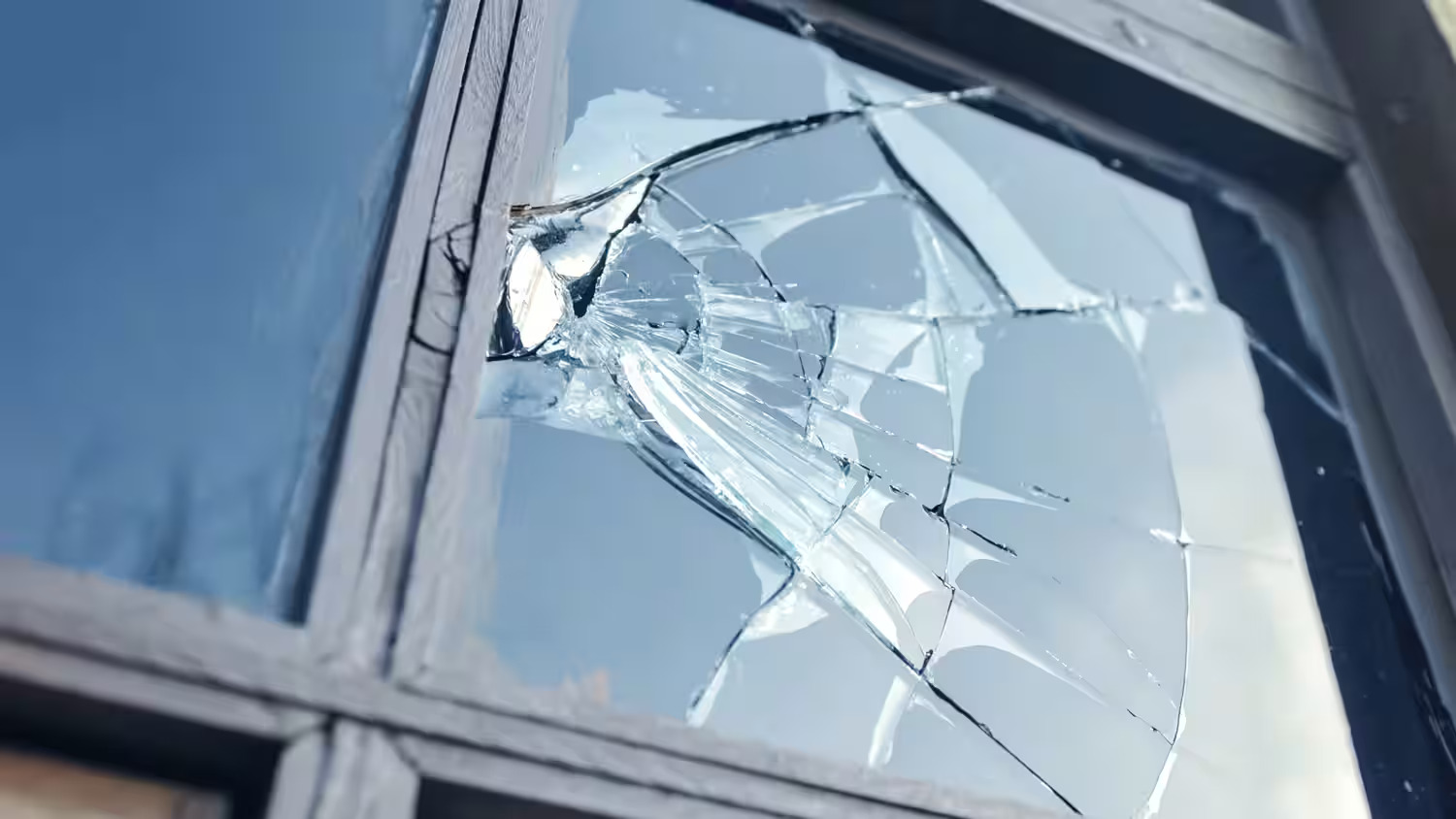

Interior Design Trends
How To Throw Away Broken Glass
Modified: February 18, 2024
Learn how to safely dispose of broken glass and stay updated on the latest interior design trends. Find expert tips and advice for a stylish and safe home.
(Many of the links in this article redirect to a specific reviewed product. Your purchase of these products through affiliate links helps to generate commission for Storables.com, at no extra cost. Learn more)
Introduction
Dealing with broken glass can be a daunting task, but with the right approach, it can be managed safely and efficiently. Whether it's a shattered drinking glass or a broken window pane, handling the aftermath of shattered glass requires caution and precision. In this guide, we will walk you through the necessary steps to safely dispose of broken glass and clean up the affected area. By following these steps, you can ensure that the process is carried out without any risk of injury or further damage.
Broken glass poses a significant safety hazard, as it can cause cuts and injuries if mishandled. Additionally, the tiny shards and splinters can easily go unnoticed, posing a risk of injury even after the initial cleanup. Therefore, it's crucial to approach the task with care and attention to detail.
In the following sections, we will outline the essential materials needed for safe cleanup, provide a step-by-step guide on how to pick up broken glass without risking injury, and offer tips on proper disposal methods. Furthermore, we will discuss the importance of thorough cleaning to ensure that no glass fragments are left behind.
By the end of this guide, you will have the knowledge and confidence to tackle the aftermath of broken glass effectively and safely. Let's dive into the step-by-step process of handling broken glass with care and precision.
Key Takeaways:
- Handle broken glass with care and caution to avoid injuries. Use gloves, broom, and sealable container for safe cleanup. Follow local disposal guidelines for responsible glass disposal.
- Thoroughly clean the area after handling broken glass to ensure safety. Use vacuum, duct tape, and damp cloth for meticulous cleaning. Consider recycling options for eco-friendly disposal.
Read more: How To Throw Out Broken Glass
Step 1: Gather the necessary materials
When it comes to dealing with broken glass, having the right materials at hand is crucial for a safe and effective cleanup. Before you begin the process of picking up and disposing of broken glass, it's essential to gather the necessary materials to ensure that the task is carried out smoothly and without any risk of injury. Here's a comprehensive list of the materials you will need:
-
Thick Gloves: Protecting your hands is paramount when handling broken glass. Thick, durable gloves, such as those made of leather or heavy-duty rubber, provide a crucial barrier between your skin and the sharp edges of the glass.
-
Sturdy Broom and Dustpan: A sturdy broom and dustpan are essential for sweeping up larger glass fragments and collecting them safely. Look for a broom with strong bristles that can effectively capture even the tiniest glass particles.
-
Mask or Respirator: To prevent inhalation of glass dust and particles, especially if the broken glass is in a confined or poorly ventilated area, wearing a mask or respirator is highly recommended.
-
Safety Goggles: Protecting your eyes from glass splinters and dust is vital. Safety goggles or glasses with side shields provide an additional layer of protection during the cleanup process.
-
Sticky Tape or Bread: Using sticky tape or a slice of bread can be an effective way to pick up tiny glass shards that are difficult to see or grasp with bare hands. Simply press the tape onto the area to collect the small fragments, or gently press the bread onto the surface to pick up the shards.
-
Cardboard or Newspaper: Placing a large piece of cardboard or several layers of newspaper on the ground can help contain the glass shards and prevent them from scattering further during the cleanup.
-
Sealable Container: A sealable container, such as a sturdy cardboard box or a plastic container with a secure lid, is essential for safely storing the collected glass fragments before disposal.
By ensuring that you have these materials readily available before you begin the cleanup process, you can approach the task with confidence and minimize the risk of injury or mishaps. With the necessary materials in hand, you are well-prepared to move on to the next step of safely picking up the broken glass.
Step 2: Safely pick up the broken glass
After gathering the necessary materials for the cleanup, the next crucial step is to safely pick up the broken glass without risking injury or further scattering the shards. This process requires a methodical approach to ensure that all glass fragments are effectively collected and contained. Here's a detailed guide on how to safely pick up broken glass:
-
Put on Protective Gear: Before approaching the broken glass, ensure that you are wearing thick gloves, safety goggles, and, if necessary, a mask or respirator to protect your hands, eyes, and respiratory system from potential harm.
-
Clear the Surrounding Area: Remove any objects or debris near the broken glass to create a clear and unobstructed workspace. This will allow you to maneuver safely and prevent any additional items from coming into contact with the glass shards.
-
Use Sticky Tape or Bread: For tiny glass fragments that are difficult to pick up with your hands, gently press a piece of sticky tape onto the surface to collect the small shards. Alternatively, press a slice of bread onto the area to pick up the tiny glass particles effectively.
-
Carefully Sweep Up Larger Fragments: Utilize a sturdy broom and dustpan to sweep up the larger glass fragments. Begin by gently sweeping the shards into a pile, taking care to avoid applying excessive pressure that could cause the glass to scatter.
-
Inspect the Area Thoroughly: After the initial sweep, carefully inspect the area to ensure that no glass fragments remain. Pay close attention to corners, crevices, and areas where glass particles may have settled.
-
Use Caution When Handling Glass: When picking up the glass fragments by hand, do so with caution and a firm grip. Avoid sudden movements and handle the shards carefully to prevent accidental cuts or injuries.
-
Transfer Glass to Sealable Container: Once all visible glass fragments have been collected, carefully transfer them to a sealable container, such as a sturdy cardboard box or a plastic container with a secure lid. This will prevent the glass from spilling or causing harm during disposal.
By following these steps, you can safely and effectively pick up broken glass without exposing yourself to unnecessary risk. Remember to proceed with patience and attention to detail, ensuring that all glass fragments are accounted for before moving on to the next phase of the cleanup process.
Step 3: Dispose of the broken glass properly
Proper disposal of broken glass is essential to ensure the safety of both individuals and the environment. Once the glass fragments have been safely collected, it's crucial to handle their disposal with care and responsibility. Here's a detailed guide on how to dispose of broken glass properly:
Sorting and Containment
Before proceeding with disposal, it's important to sort the collected glass fragments based on their size and type. Large pieces of glass, such as those from a broken window pane, should be handled separately from smaller shards to prevent potential hazards during disposal. Additionally, if the broken glass includes items such as mirrors or glassware, it's advisable to segregate them based on their composition and thickness.
Once the glass fragments are sorted, they should be securely contained to prevent any accidental breakage or injuries during the disposal process. Transfer the collected glass into a sturdy, sealable container, ensuring that it is tightly closed and labeled as "Broken Glass – Handle with Caution" to alert others to its contents.
Read more: How To Throw Away Glass Bottles
Local Disposal Guidelines
Before disposing of the broken glass, it's important to familiarize yourself with the local regulations and guidelines for glass disposal in your area. Some municipalities have specific protocols for handling and disposing of broken glass, which may include designated drop-off locations, recycling centers, or special collection services. By adhering to these guidelines, you can ensure that the glass is disposed of in an environmentally responsible manner.
Recycling Options
Whenever possible, consider recycling the broken glass to minimize its impact on the environment. Many communities offer glass recycling programs that accept various types of glass, including broken items. Check with local recycling facilities or waste management authorities to determine the options available for recycling broken glass in your area. By recycling the glass, you contribute to the conservation of resources and the reduction of waste in landfills.
Professional Disposal Services
In cases where the quantity or type of broken glass exceeds the capabilities of standard disposal methods, consider engaging professional disposal services. These services specialize in handling hazardous materials, including broken glass, and can ensure its safe and proper disposal in compliance with environmental regulations. Professional disposal services offer a reliable solution for large-scale or specialized glass disposal needs, providing peace of mind and environmental responsibility.
By following these guidelines for proper glass disposal, you can contribute to a safer and cleaner environment while minimizing the risk of harm to yourself and others. Handling broken glass with care and responsibility ensures that its impact is mitigated, promoting a sustainable approach to waste management and environmental stewardship.
Step 4: Clean the area thoroughly
After safely picking up and disposing of the broken glass, it's essential to proceed with thorough cleaning to ensure that the affected area is free from any remaining glass fragments and potential hazards. A meticulous approach to cleaning will help prevent any accidental injuries and ensure the complete removal of glass particles. Here's a detailed guide on how to clean the area thoroughly after handling broken glass:
-
Vacuuming and Sweeping: Begin by using a vacuum cleaner with a hose attachment to carefully vacuum the entire area where the glass was broken. Pay close attention to corners, baseboards, and any cracks or crevices where glass particles may have settled. After vacuuming, follow up with sweeping using a sturdy broom to collect any remaining dust and debris.
-
Use of Duct Tape: To capture any tiny glass shards that may be difficult to spot or reach, gently press a piece of duct tape onto the surfaces where the glass was present. The adhesive nature of the tape will effectively pick up any residual glass particles, providing an additional layer of thorough cleaning.
-
Damp Cloth or Sponge: Dampen a cloth or sponge with water or a mild cleaning solution and carefully wipe down the surfaces in the vicinity of the broken glass. This step helps to remove any remaining dust or small glass fragments that may be clinging to the surfaces, ensuring a comprehensive cleaning process.
-
Inspect and Repeat: After the initial cleaning, thoroughly inspect the area to check for any overlooked glass particles. Pay attention to areas around furniture legs, under appliances, and any other potential hiding spots for glass fragments. If necessary, repeat the vacuuming, sweeping, and wiping process to ensure that the area is completely free of glass debris.
-
Dispose of Cleaning Materials: Once the cleaning process is complete, dispose of the cleaning materials, such as the vacuum bag or contents, and the used cloths or sponges, in a sealed plastic bag. This prevents any potential residual glass particles from spreading and ensures safe disposal of the cleaning materials.
By following these steps, you can effectively clean the area where the glass was broken, minimizing the risk of any lingering hazards. Thorough cleaning is essential to create a safe environment, free from the potential dangers associated with broken glass. Taking the time to clean the area meticulously contributes to a comprehensive and responsible approach to handling the aftermath of broken glass.
Always wear gloves and use a broom and dustpan to carefully sweep up the broken glass. Then, place the glass in a sturdy container, such as a cardboard box or plastic bag, and seal it before disposing of it in the trash.
Read more: How To Throw Away Furniture
Conclusion
In conclusion, handling broken glass requires a combination of caution, preparedness, and responsible disposal. By following the step-by-step process outlined in this guide, individuals can effectively manage the aftermath of broken glass while prioritizing safety and environmental consciousness.
The initial step of gathering the necessary materials sets the foundation for a safe and organized cleanup. Equipping oneself with thick gloves, a sturdy broom and dustpan, safety goggles, and a sealable container ensures that the cleanup process is approached with the essential protective gear and tools. Additionally, the use of sticky tape or bread serves as a practical method for picking up tiny glass shards, emphasizing the importance of resourcefulness in handling delicate tasks.
Safely picking up the broken glass involves a systematic approach that minimizes the risk of injury and ensures thorough containment. Clearing the surrounding area, using caution when handling glass, and transferring the collected fragments to a sealable container are pivotal steps in this process. The emphasis on meticulous inspection and containment underscores the significance of attention to detail in mitigating potential hazards.
Proper disposal of broken glass is a critical aspect of the cleanup process, and it involves sorting, containment, and adherence to local disposal guidelines. By considering recycling options and professional disposal services, individuals can contribute to sustainable waste management practices and environmental stewardship. This section highlights the importance of understanding and complying with local regulations, promoting a community-oriented approach to responsible waste disposal.
Thoroughly cleaning the area after handling broken glass is the final step in ensuring a safe and hazard-free environment. The use of vacuuming, duct tape, and damp cloths or sponges underscores the comprehensive nature of the cleaning process, emphasizing the commitment to meticulousness and diligence in achieving a clean and safe space.
In essence, the process of handling broken glass extends beyond mere cleanup; it embodies a conscientious approach to safety, environmental responsibility, and community well-being. By integrating these principles into the management of broken glass, individuals can contribute to a safer and more sustainable living environment for themselves and others. The knowledge and skills gained from this guide empower individuals to approach the task of handling broken glass with confidence and competence, ensuring that safety and responsibility are upheld throughout the process.
Frequently Asked Questions about How To Throw Away Broken Glass
Was this page helpful?
At Storables.com, we guarantee accurate and reliable information. Our content, validated by Expert Board Contributors, is crafted following stringent Editorial Policies. We're committed to providing you with well-researched, expert-backed insights for all your informational needs.
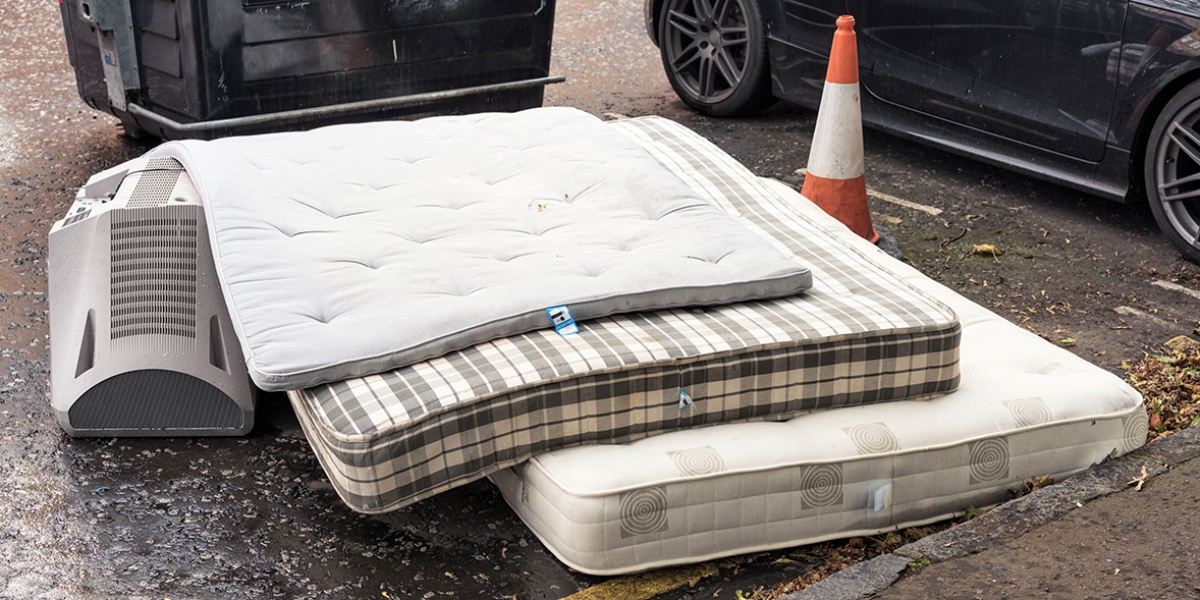
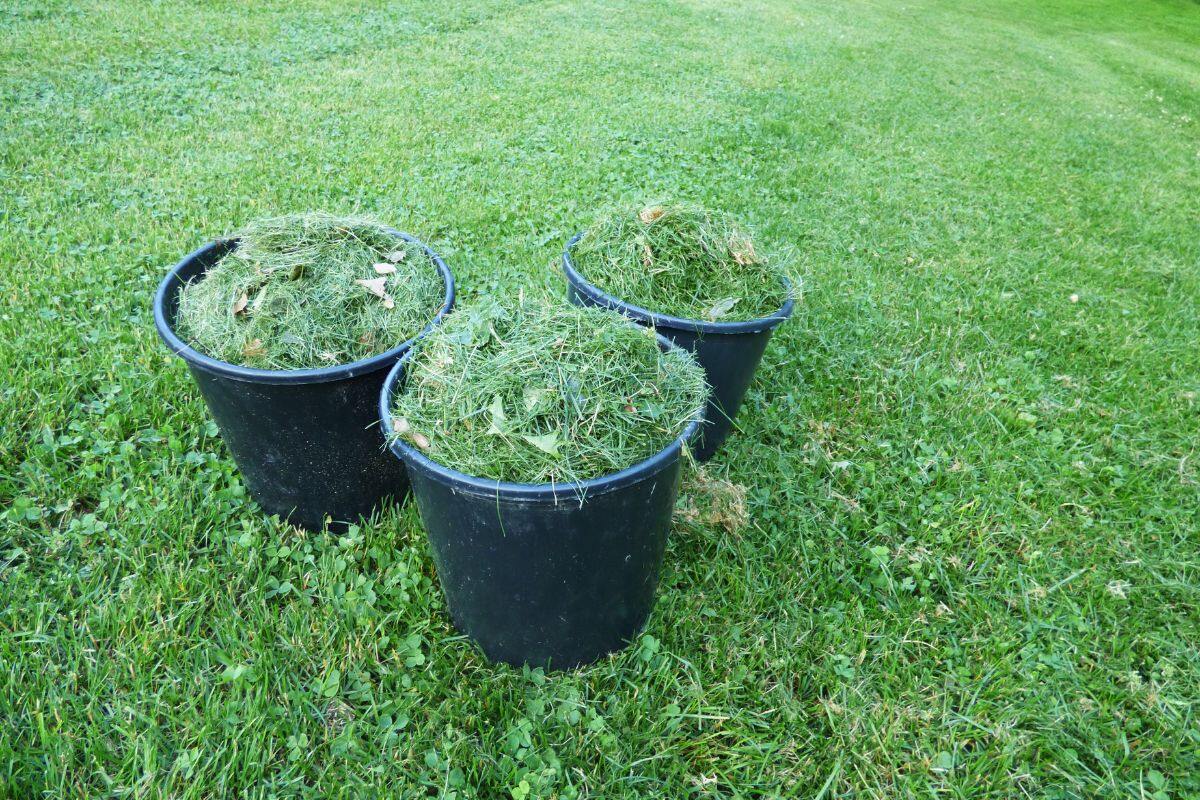
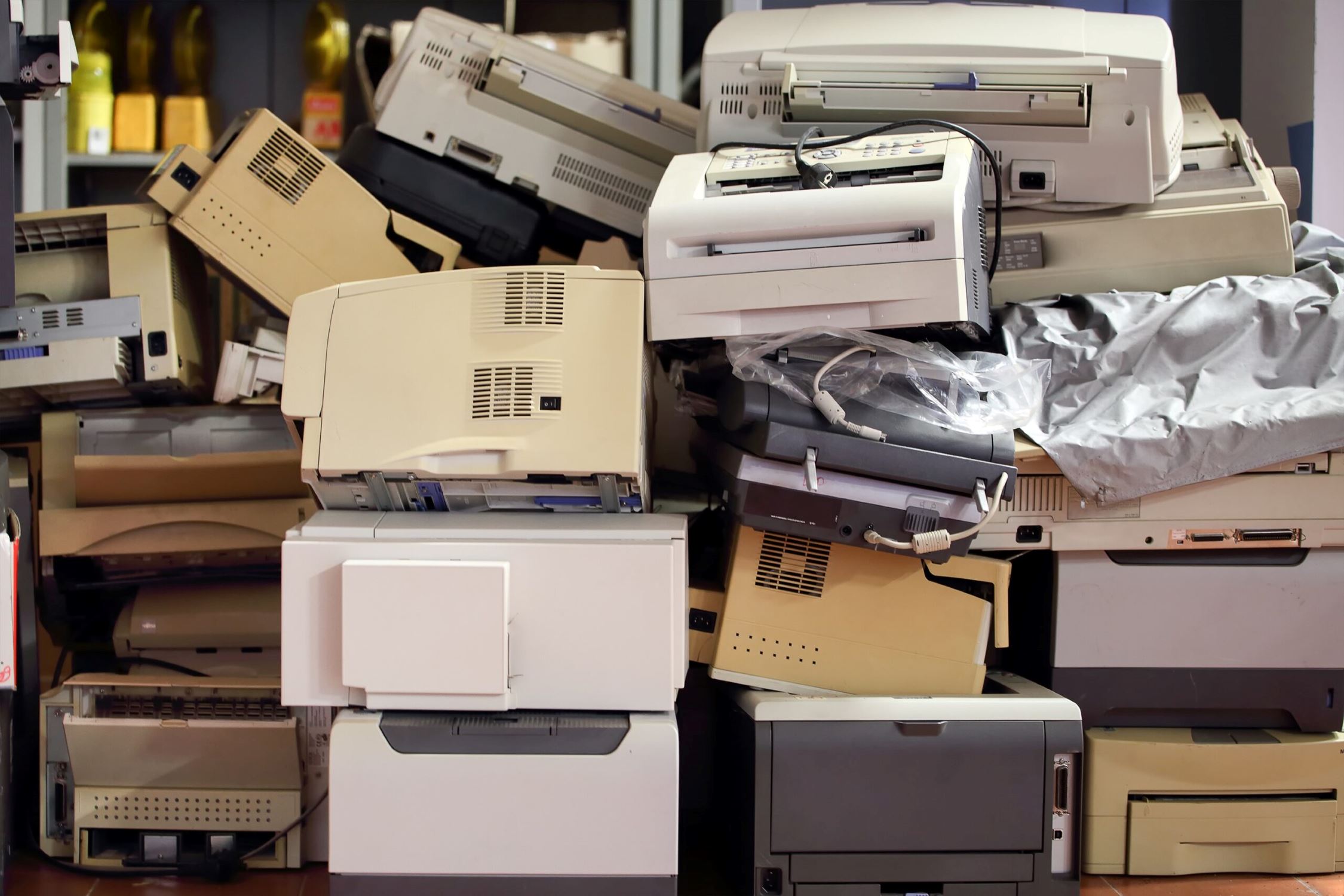
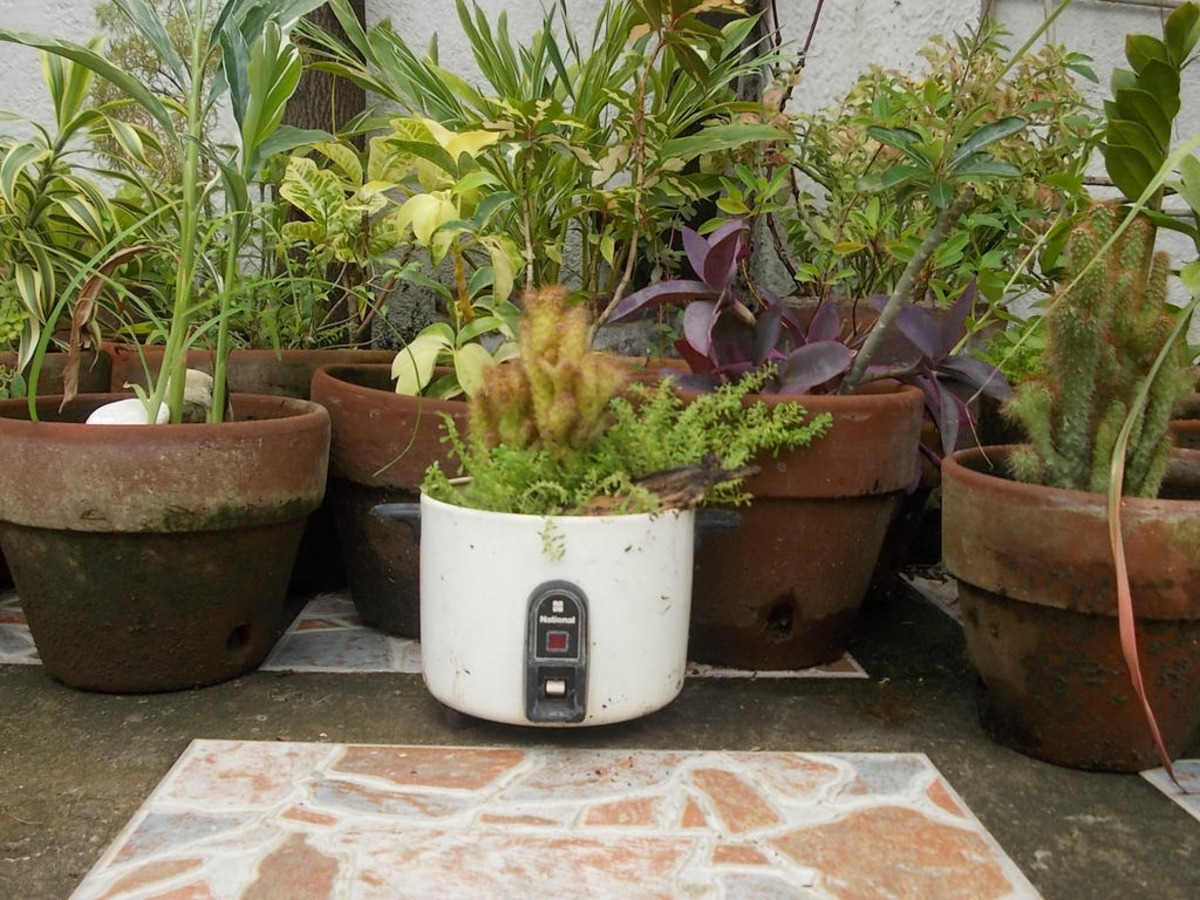
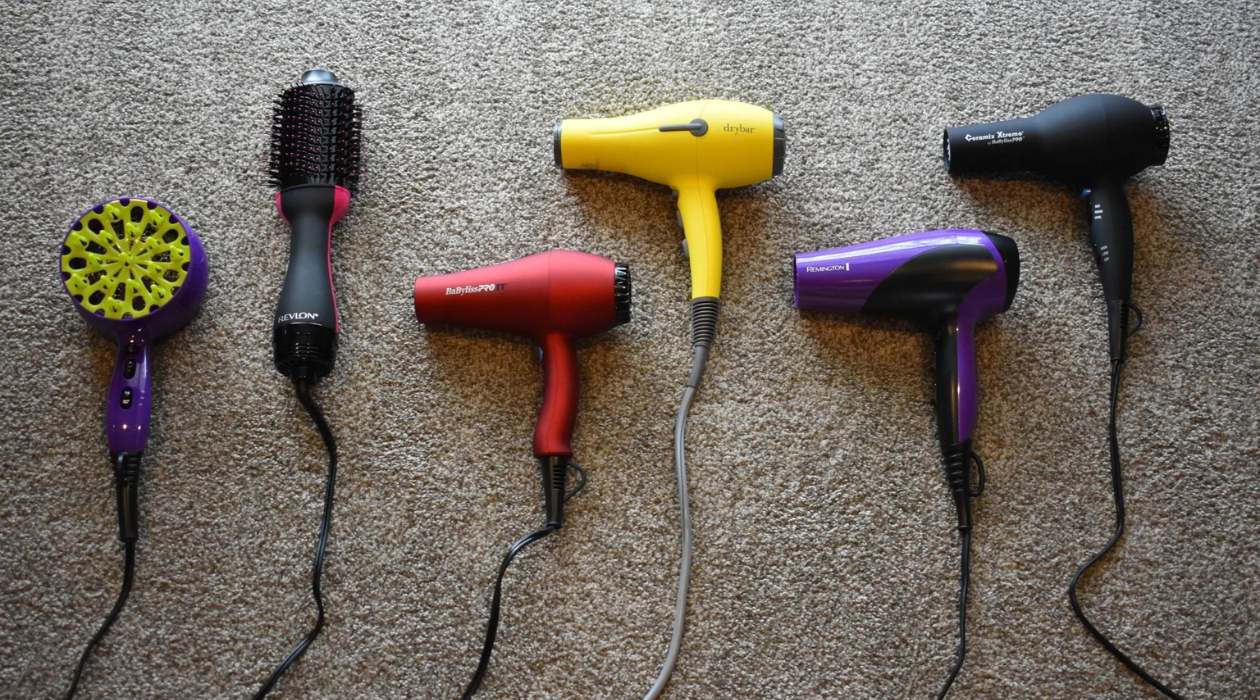
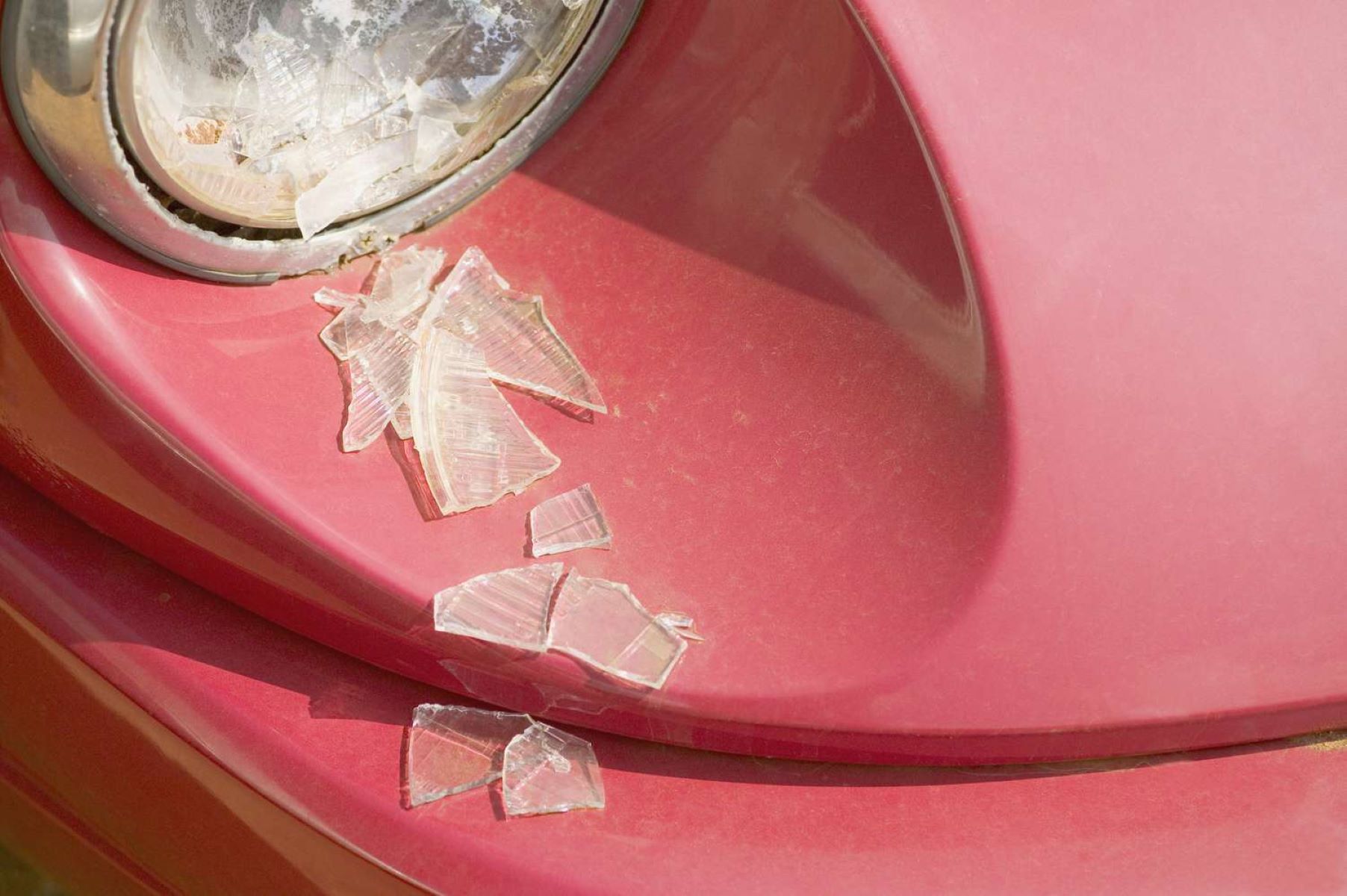
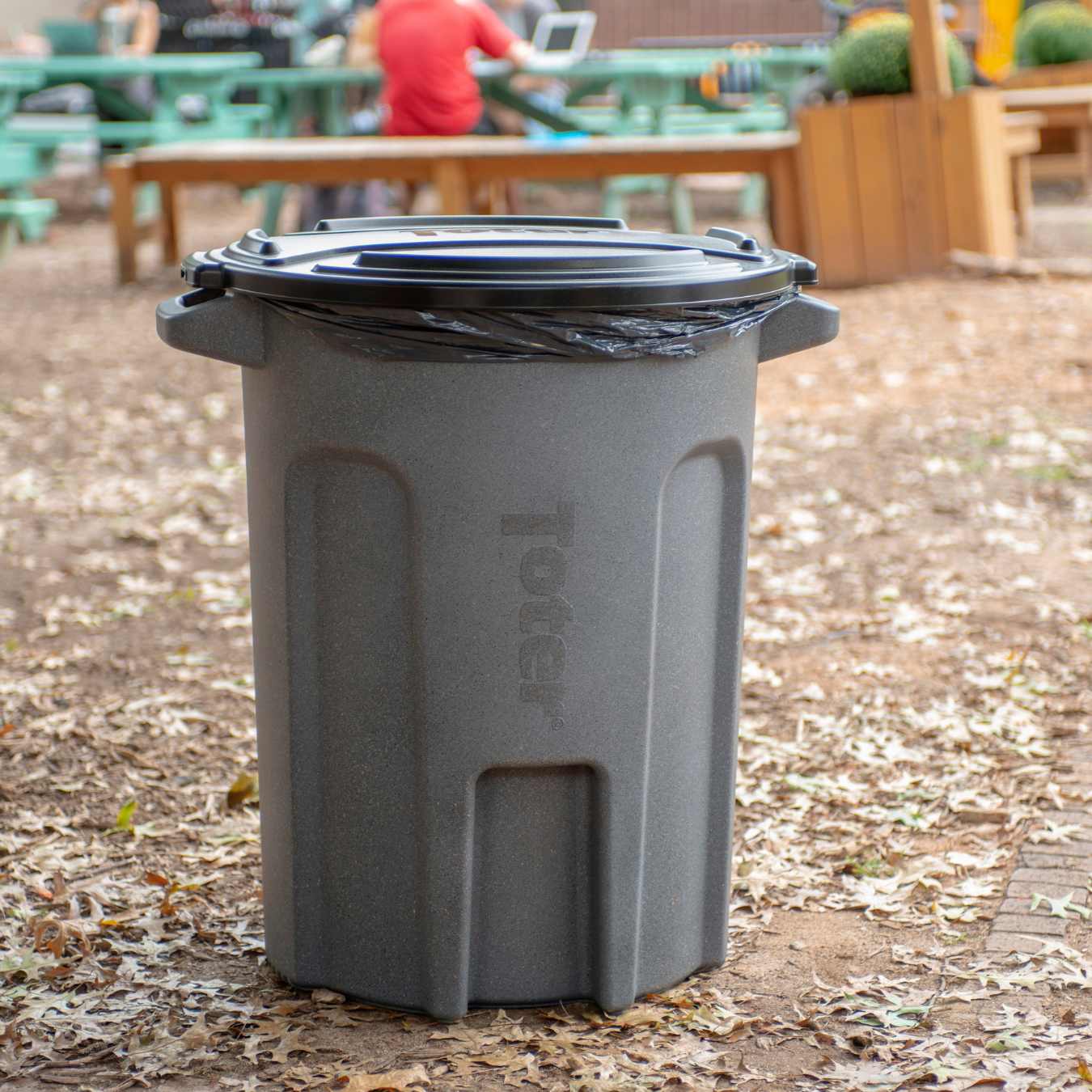
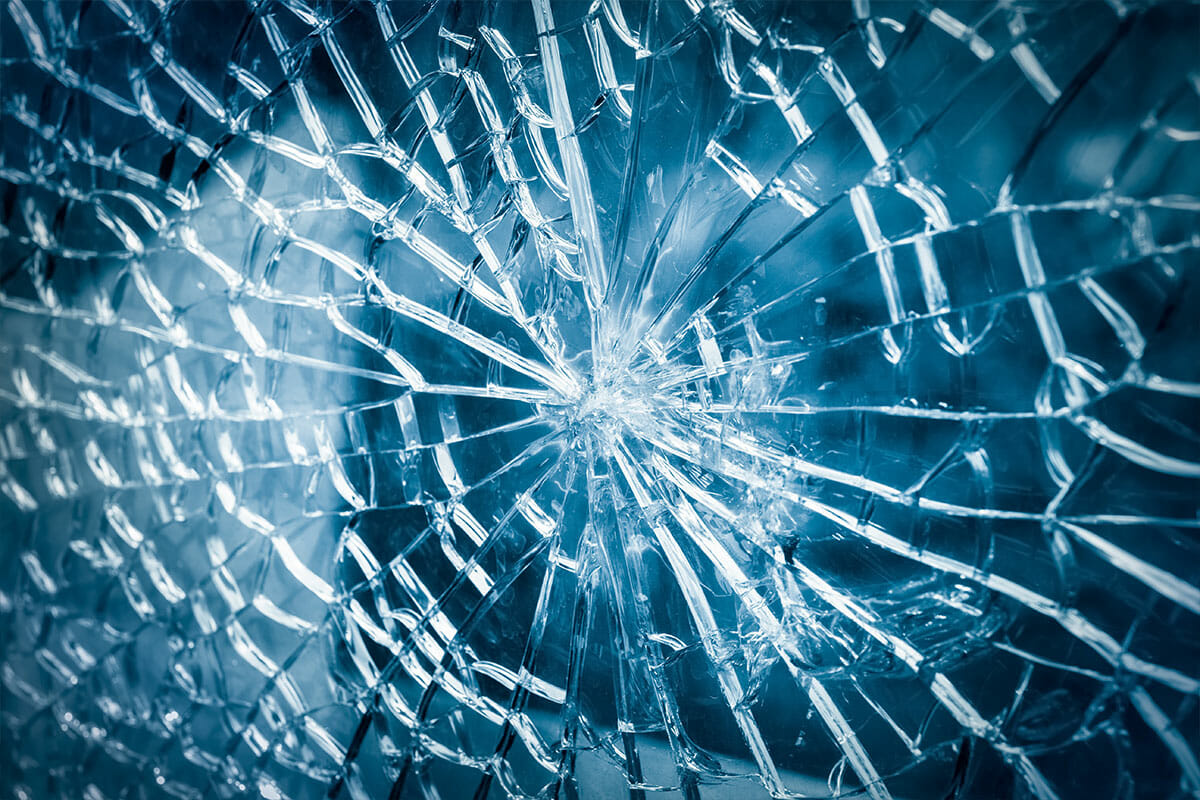
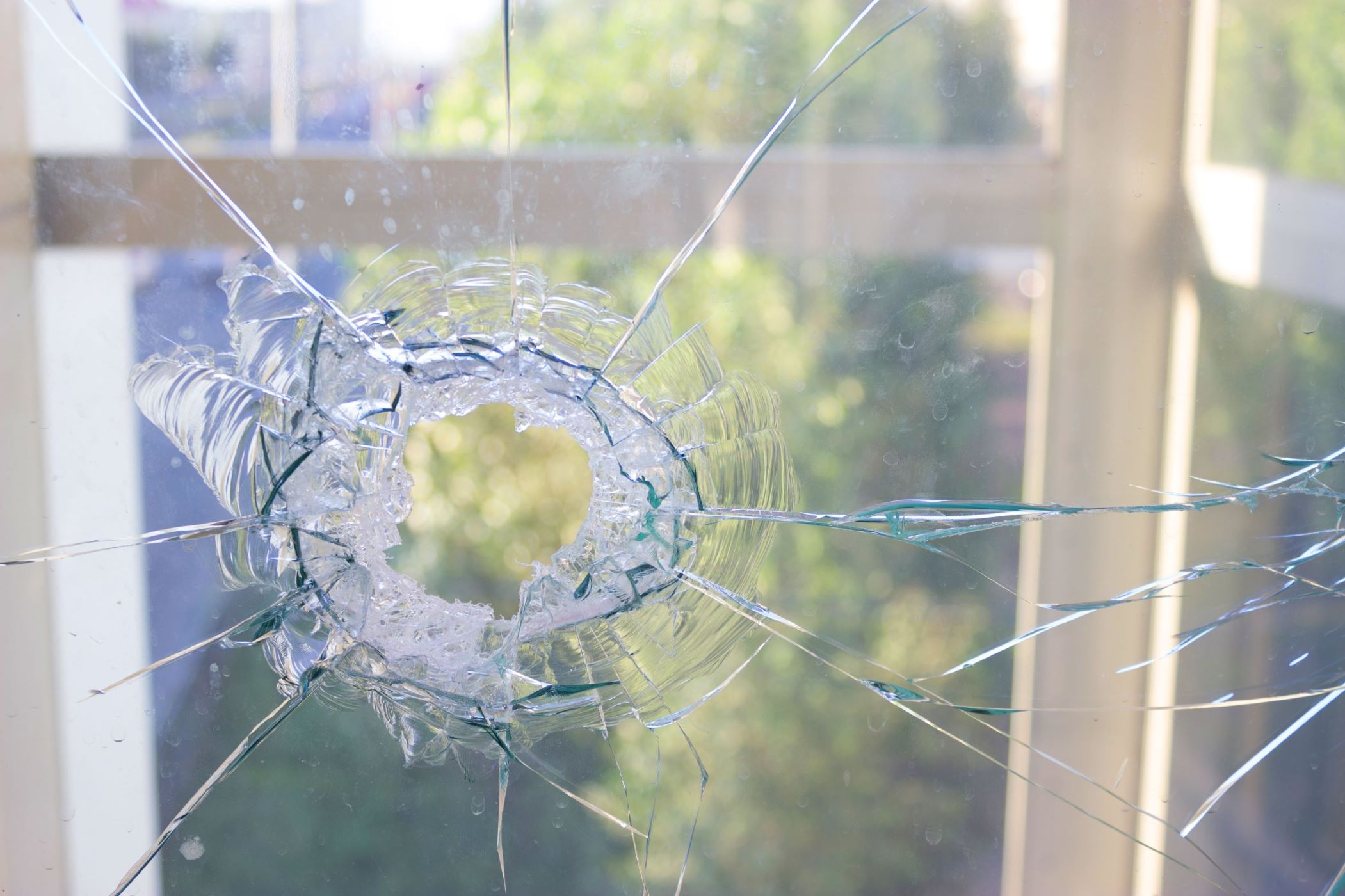

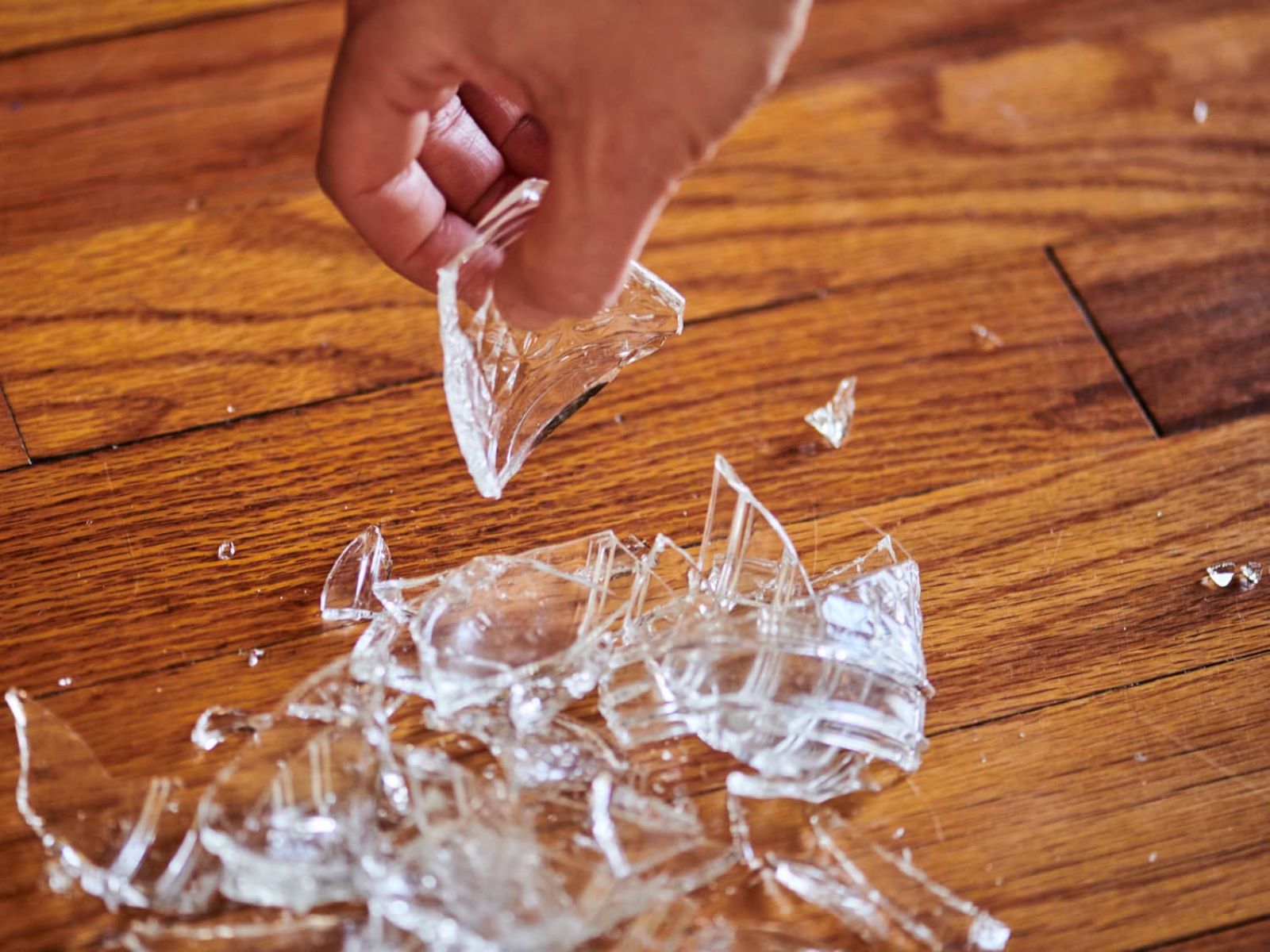
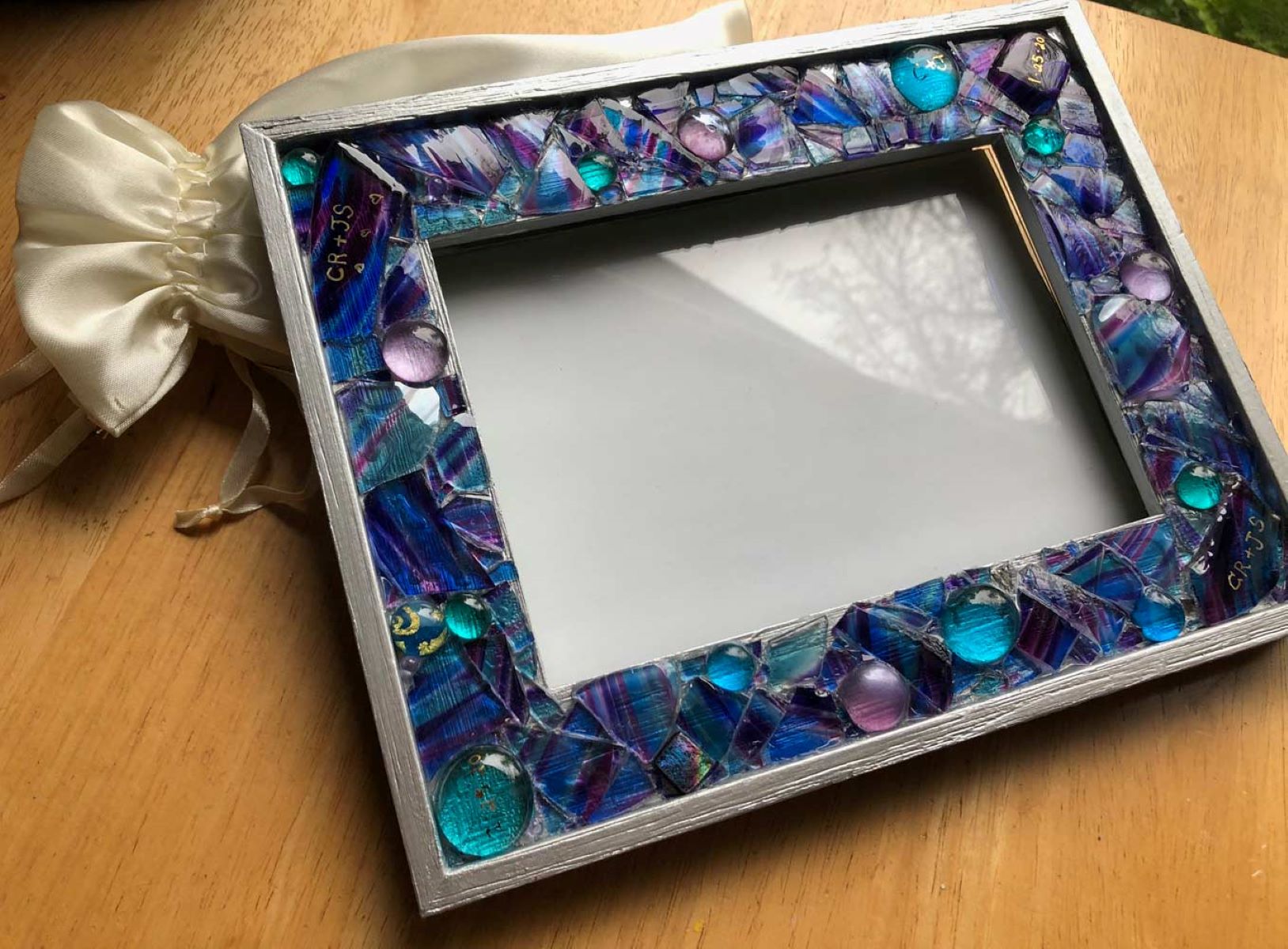
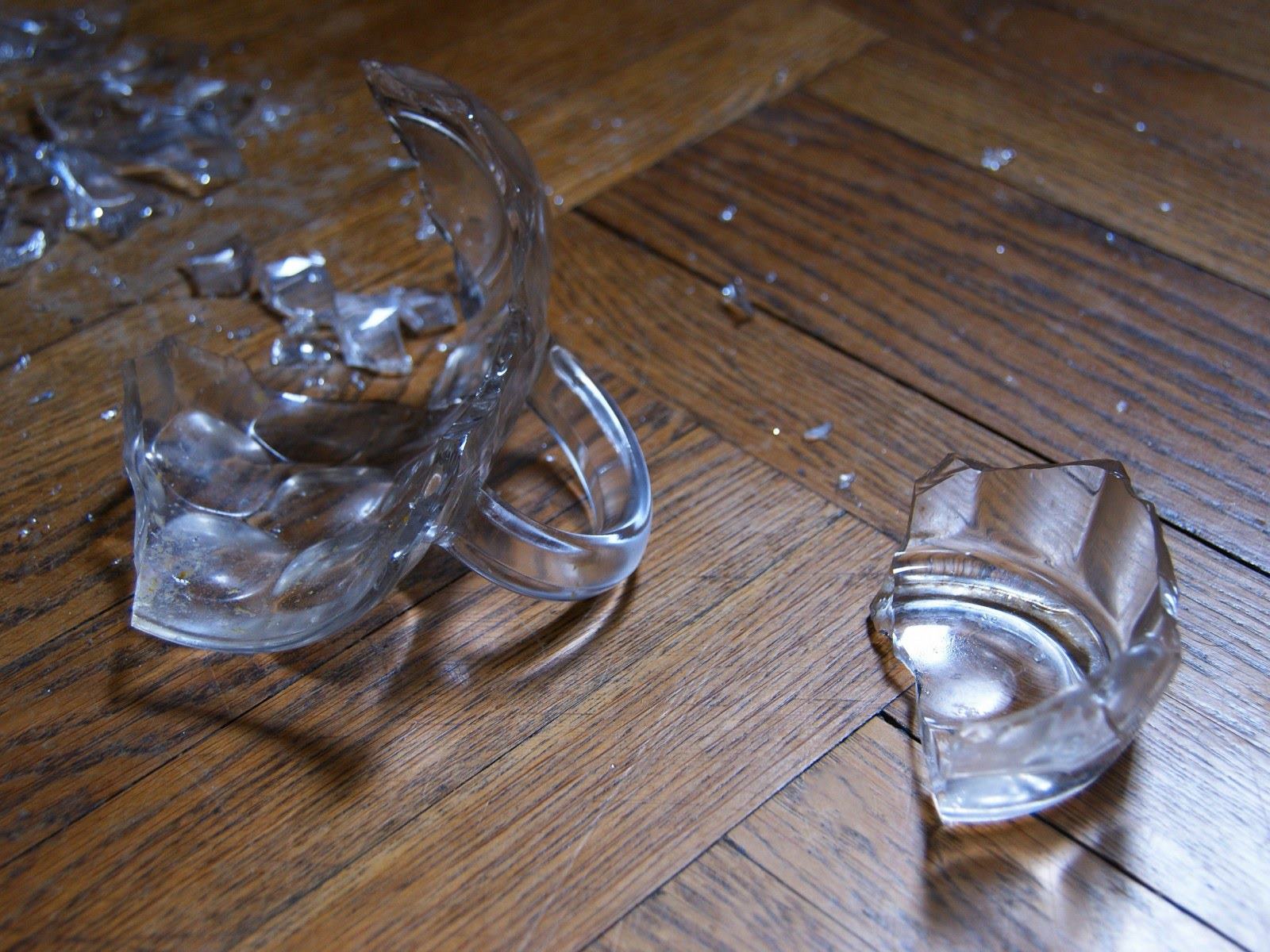

0 thoughts on “How To Throw Away Broken Glass”